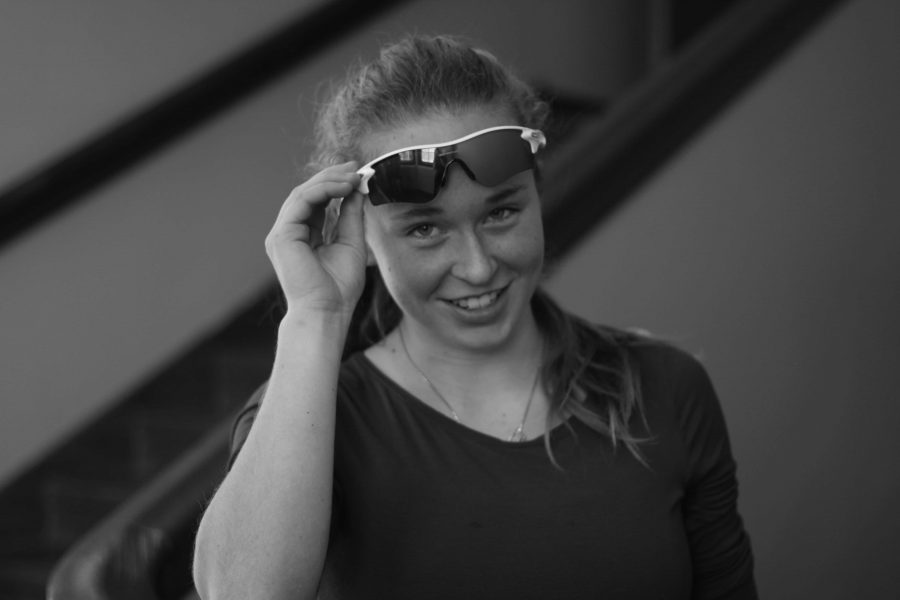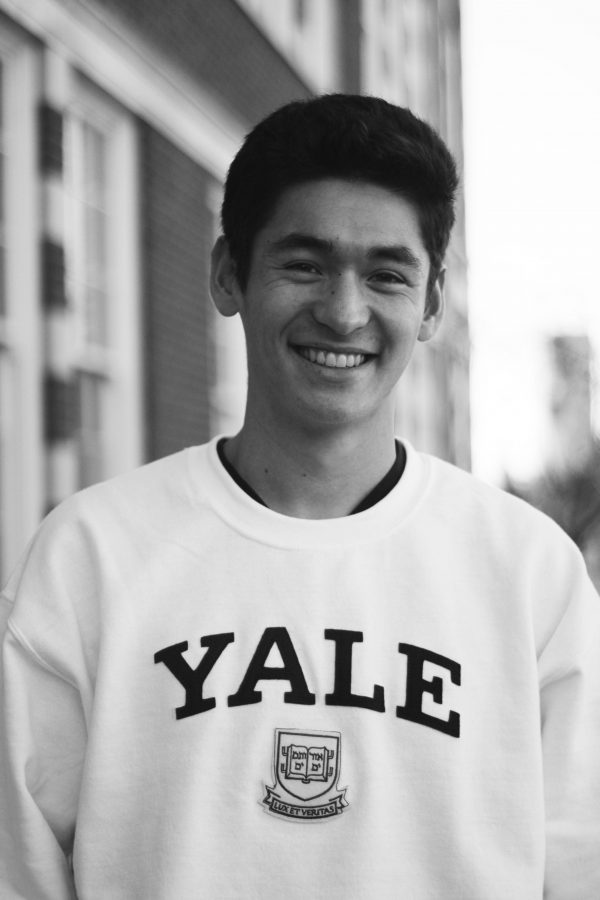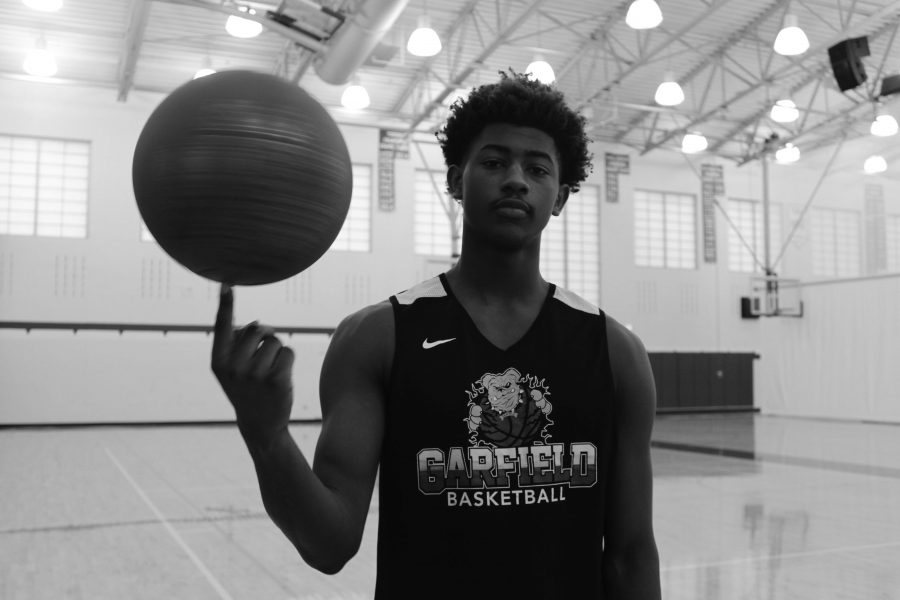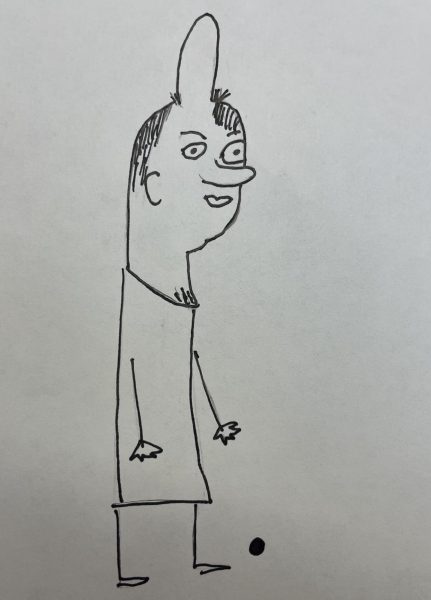Say Hello to the NCAA
An introduction to the athletic college recruiting process.
Garfield has an illustrious history of college bound athletes going to top schools, with even more being dispatched from the class of ‘17. Applying to colleges is not an easy task, but for athletes aspiring to be recruited, there’s even more work to be done. Official visits, meetings with coaches, and persistent communication with the schools are just a few things to name. These three athletes share their recruiting experiences ranging from the University of Washington, to Yale and Stanford.
Official visit: A visit taken to a college. All expenses are paid for by the college, including lodging, transportation, meals, and entertainment. For Division 1 and Division 2 schools, up to 5 officials during senior year are allowed, and each visit may last no longer than 48 hours.
Although the NCAA regulations vary between each sport, the process of athletic recruitment can be divided into 3 generalized periods:
Contact Period: Where a college coach can contact athletes and their parents in person, and watch the player compete.
Evaluation Period: Where the coach can continue to assess the player’s performance, but contact is no longer allowed to be
face-to-face. The coach must write or telephone the athlete if he/she wishes to contact the player.
Dead Period: This is when a coach may no longer watch the athlete perform, but continue to contact them via writing or phone calls.
Commitment: The last step in the entire process, this is when the athlete signs a contract (National Letter of Intent) with their chosen school and officially commits to the school for their sport.
Daejon Davis: Basketball.
UNIVERSITY OF WASHINGTON
Q: What do you look for in a college in terms of athletic recruitment?
A: Initially, it was just about getting offers and having the hype, and then as you get closer to making the decision you realize, “This is where I’m going to live, these are the people I’m going to be around for possibly the next 4 years, almost all the time, these are the coaches I’m going to trust to help me achieve the goals I want to achieve.”
Q: How did you get recruited by colleges for basketball?
A: I played on the Nike Circuit. People like to think of it as the NBA for high school players. It’s the best high school league in the EYBL [Elite Youth Basketball League], and that really helped me, along with Jaylen [Nowell, Garfield Student and UW Commit] and other people on the team, get noticed.
Q: Can you describe the recruiting
process?
A: I was being recruited by Stanford, so for Stanford you had to submit an application. For most other schools, it’s just a matter of keeping a reasonable GPA up to be eligible for the NCAA. I got pre-approved into Stanford, and then my application [didn’t get accepted], so that got them out of the conversation. I committed [to UW], and then three days later, I signed.
Sophie Boyd-Fliegel: Rowing.
STANFORD
 Q: What was the recruiting process like?
Q: What was the recruiting process like?
A: I definitely have to put myself out there all the time. There were lots of periods junior year where the school I was talking to wouldn’t respond to me in a couple weeks and I got really nervous, [so] I’d send another email. The thing that kept me going was that there’s no reason to be deterred by that… so I kept at it, and I eventually got officials to those schools. They’re really busy with a lot of stuff and I didn’t really realize that until I got a closer look at the schools.
Q: What do you look for in a college in terms of athletic recruitment?
A: I looked at the stats of the school, how they competed at the NCAA championships for the past five years. I knew I wanted to row at a top tier school and because I figured that if I was going to be putting in twenty-five hours a week, I wanted to also win.
Q: What is your advice to other
students who are trying to get recruited for sports?
A: My advice to anyone who’s trying to get recruited is to never sell yourself short or be deterred by a lack of response, because the best success stories are from people who keep at it, and that is analogous to the sport itself. I started off really weak, and was pretty discouraged at first. I’d always been pretty good at whatever sport I was doing, because I threw myself into it. Looking back on the four years and last year’s recruitment, I’m glad I kept at it.
William Laird: Track & Field
& Cross Country.
YALE
 Q: Can you describe the college recruiting process you went through?
Q: Can you describe the college recruiting process you went through?
A: For athletes, you can look for colleges, but a lot of times colleges will look for you. For Yale, I had to give my GPA, transcript, test scores, and also personal information. After that, I got an email from the coach introducing himself. Eventually we would text, and he’d asked me how my races went or how I was feeling after certain workouts. He was pretty interested in me, and eventually it got to a point where we were consistently talking on a phone once a week. He proposed to fly me out for an official visit at the end of my cross country season. I went on the visit, [and] I was pretty impressed.
Q: What happened after the official visit?
A: After the visit, the coach explained to me that he wanted me on the team, but he was only looking for 6 recruits total. He already had three, and he was going to add a 4th one pretty soon. Those were more of cross country, 10k guys, longer-distance guys, and he was looking for 2 middle-distance guys, so I was one of them.
Q: What about Yale stood out to you?
A: They had a beautiful campus- academically. You can’t get much better than Yale. The team was a great group of guys; they had some adversity they had to go through this season, but they stuck together and they’ve taken care of each other. Their coaches produced some fabulous middle distance guys which is what I would like to run. That’s what stood out to me.




